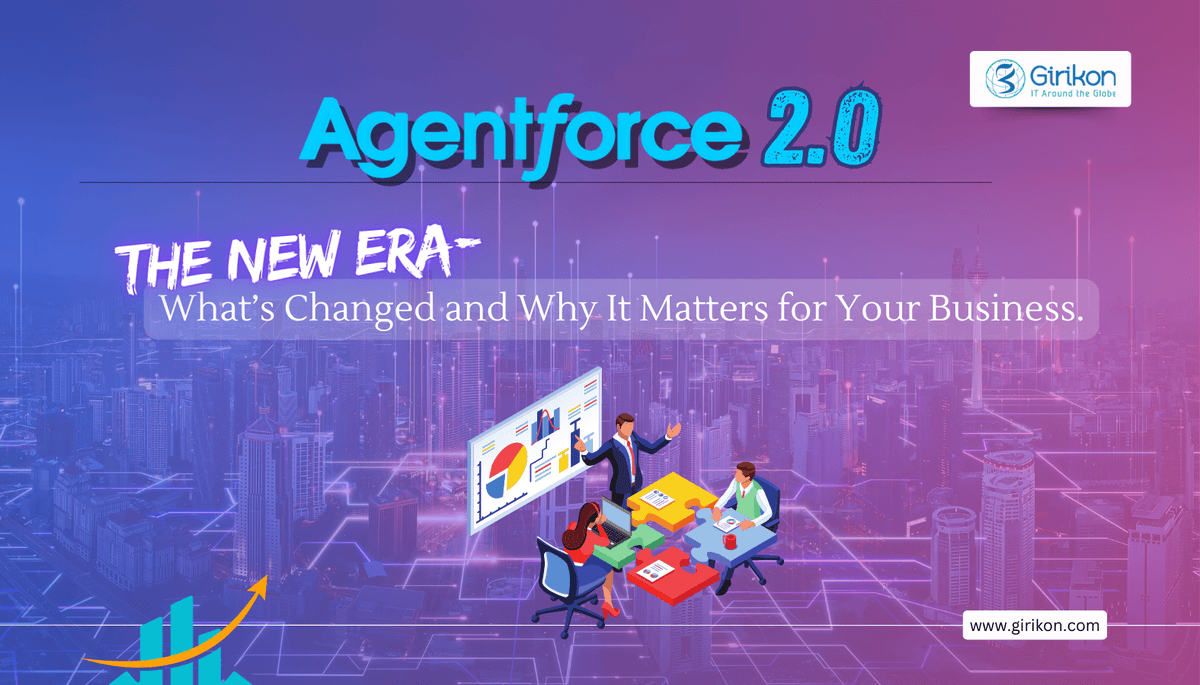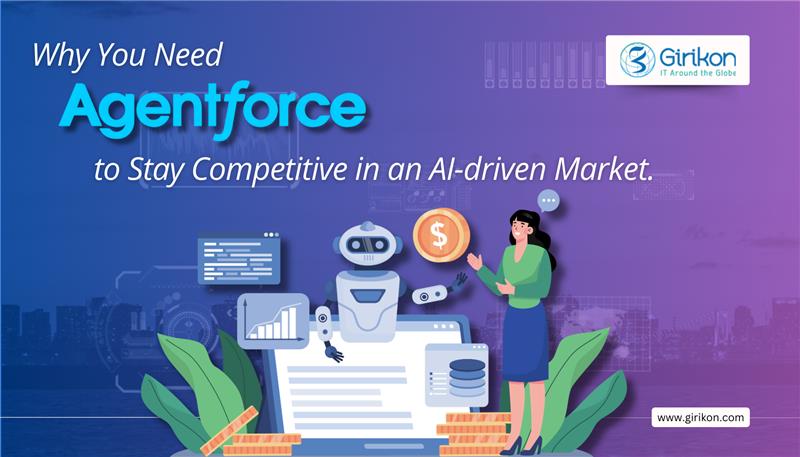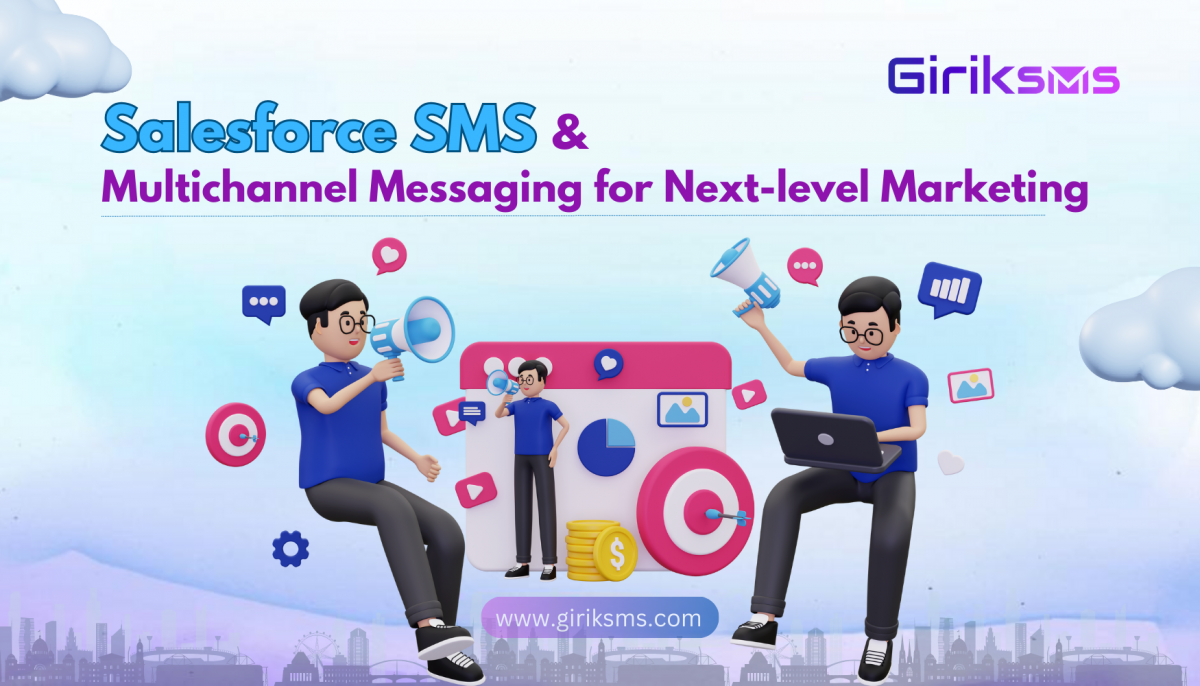Our Blogs
Customers are very demanding today, primarily because of the options available to them. When they reach out to a brand for support, they expect minimal wait times and fast resolution, regardless of the channel they use. Agents, however, have limited bandwidth and can only handle a limited number of cases at a time. So how does one scale customer support?
Enter chatbots.
But what exactly is a chatbot? That’s a significant question considering the fact that this technology is increasingly becoming a bigger part of our daily lives. In fact, Gartner research predicts that soon the average person will spend more time interacting with chatbots than with their spouse. With round-the-clock digital support becoming a critical value proposition for brands, more and more businesses are using chatbots to engage with customers to deliver the SLA expected of them.
At a technical level, a chatbot (derived from “chat robot”) is a piece of code (program) that simulates human interaction through text or voice communication.

Today, chatbots can be customised and used in multiple ways such as:
- Chatbots that interact through smart speakers
- Chatbots deployed on smart home devices
- Chatbots that can be deployed on popular messaging platforms and web
In addition to having a conversation with a service agent, customers can now interact with an intelligent software that helps them to find answers fast. Whether through text or voice, chatbots can communicate with customers and respond to requests faster. To put it simply, Chatbots are Artificial Intelligence (AI) powered digital assistants that answer common customer questions. They help customers quickly resolve simple and routine issues freeing up agent time to work on more complex issues that require human interactions.
How does one create customer service chatbots
Customer service chatbots resolve simple, repetitive tasks that don’t require interacting with a human customer service agent. For instance, if a customer wants to know how to reset a password or the estimated delivery time for a product they ordered, a customer service chatbot quickly accesses the relevant information and answers the question without keeping the customer waiting at the other end. And while this is happening, your service agents can focus on resolving more complex customer issues and build stronger customer relationships.
If you are looking to invest in chatbot technology, your first goal is to establish the most common customer requests to identify what to automate. We suggest the following six tips that you should keep in mind when designing your first AI-powered chatbot:
1. Personalise every greeting
Customer service agents are trained to be warm, greet customers by name, and recognise their service privilege status. A chatbot can do the same thing in the background, powered by AI. Chatbots can be programmed to retrieve their name to ensure chatbots greet them like a human agent would.
2. Move from static to conversational
Customers hate the idea of filling out an online form and then having to wait for 12 -24 hours for a response. An AI powered service chatbot can dynamically ask a series of relevant questions based on customer inputs and make the interaction more engaging. It also helps resolve the customer issues faster. And in the case where agent intervention is necessary, they will already have all the relevant information logged by the chatbot available in their panel.
3. Create interactive FAQs
Traditionally, customers are prompted to visit the FAQ section of a website or app to resolve issues in a self-service mode. Chatbots turn this process around its head. They bring the FAQ answers to customers. You can stack your common FAQs and their answers into your AI interface, including all related questions and their answers. And with natural language processing (NLP) capability built into the AI engine, chatbots recognise everyday use language and respond to customer queries. Now your customers can find what they are looking for faster than before.
4. Deploy chatbots to additional channels
Businesses today deploy customer service across multiple digital channels such as web, messaging, and social allowing customers to connect with your brand in the way they want. Salesforce research indicates that an average customer today uses nine different channels to interact with brands. This variety of options creates multiple opportunities to deliver 360-degree customer service to meet their ever-changing behaviour. You can dive deeper into your analytics to identify the channel that gets the maximum traffic for your brand, and then identify the top customer service requests on that channel. Automate your chatbot to respond to these requests and save time for your agents.
5. Engage customers with formatted text and content
Basic text is all right for answering simple questions, but professionally formatted text using a range of font styles, sizes and colors enhances the customer experience. You can even insert images and interactive menus into the chat. And because it is powered by AI, your chatbot can surface a product menu, a list of articles, or customer support options, based on wat the customer asked, all within the chat.
6. Embed process automation in chatbots
With AI, you can empower customers to self-serve themselves by assisting them with guided, step-by-step instruction right within the chat console. Work with your teams to identify tasks that are easy for customers to complete on their own. Therese are typically tasks that can be easily automated without needing any human intervention like renewing an insurance policy. Once your team has identified these simple and common use tasks, you can program your chatbot to guide customers throughout the service journey. And for more complex issues, when the chatbot has to hand over the conversation to an agent, the agent is already empowered with all relevant information about the case so they can resolve it quickly.
Scale customer service with chatbots
Your customers will recognize the value your customer service chatbots bring to them with quick, efficient resolutions to their requests and concerns. And you agents will have more tie to focus on complex customer service requests instead of answering FAQs. With AI powered chatbots, you can easily scale support to handle any case overload as and when they come your way.
AI-powered chatbot technology holds the promise to reinvent the customer experience. And high-performing service teams are leading the AI powered chatbot revolution to augment their existing human customer support teams. In today’s digital first context, where speed of service is king, chatbots are helping companies stay ahead of the curve.
As a Gold Salesforce Consultant, Girikon can help you deploy AI powered chatbot based customer service at scale. Contact one of our experts to learn more.

 +1-480-382-1320
+1-480-382-1320 +44-7428758945
+44-7428758945 +61-1300-332-888
+61-1300-332-888 +91 9811400594
+91 9811400594


















